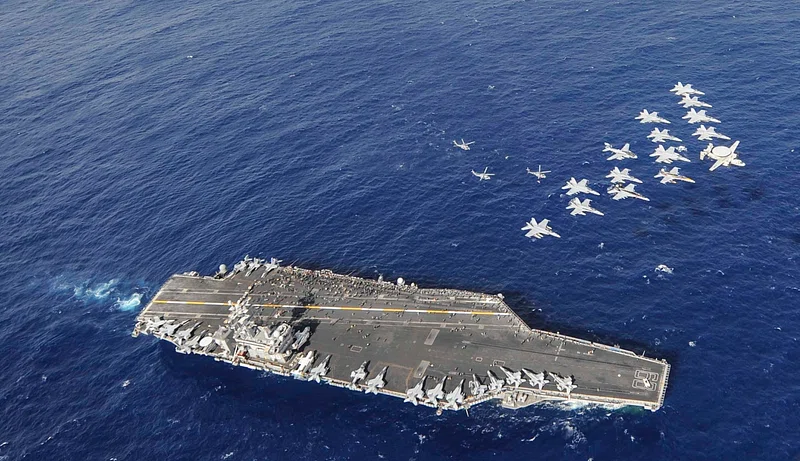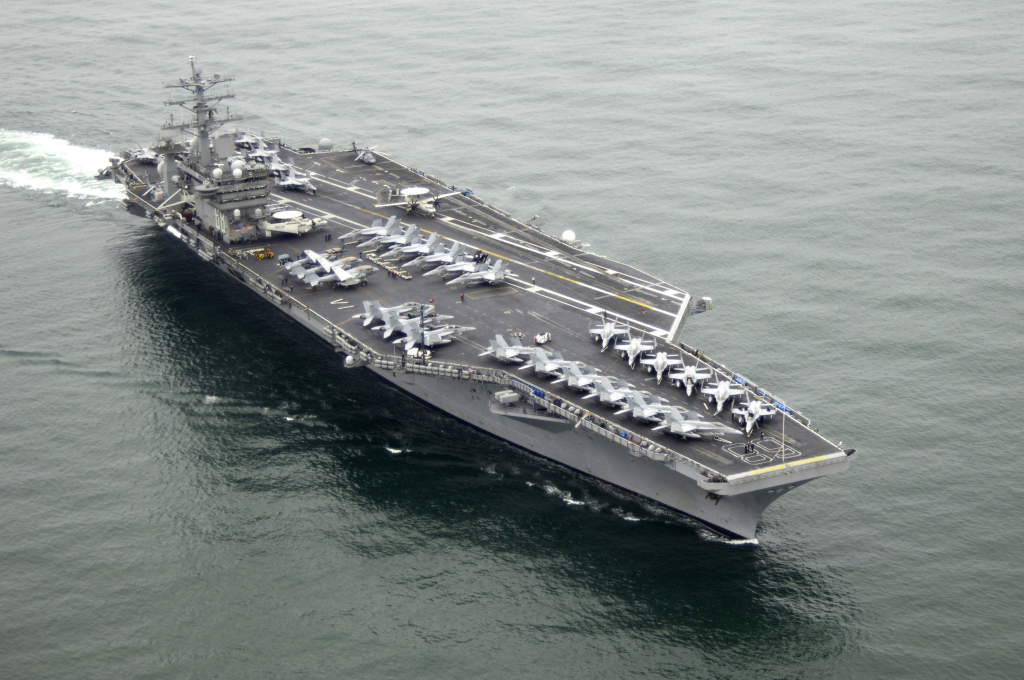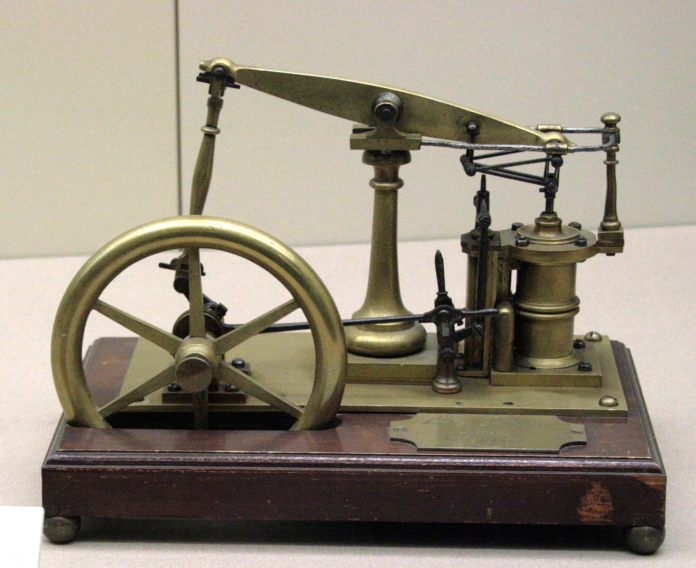
It’s not often that a sitting president promises to roll back decades of naval engineering progress with the stroke of a pen, but President Donald Trump’s renewed promise to sign an executive order mandating steam catapults and hydraulic elevators on future U.S. aircraft carriers has reignited a fierce debate inside the defense community. His remarks aboard the USS George Washington in Yokosuka, Japan, were met with cheers from sailors but also raised eyebrows among engineers and analysts who understand the immense complexity and cost of such a reversal.
This is more than a controversy over personal preference versus technological ambition; it goes to the very heart of the Navy’s strategy for modernizing its carriers, the reliability struggles of the systems on the Gerald R. Ford-class, and the political appetite for reshaping billion-dollar platforms already deep into production. The following nine points break down the operational, historical, and strategic dimensions of Trump’s proposal, and why it matters for the future of U.S. naval power.

1. The Presidential Directive and Its Immediate Context
As Trump told the assembled sailors, “I’m going to sign an executive order… it’s steam for the catapults, and it’s hydraulic for the elevators.” The assembled sailors made their preference for steam over electric systems known, audibly enough. The White House refused to comment further, leaving defense circles to speculate as to whether this was political theater or a policy change. His rebuke of EMALS and electromagnetic elevators is nothing new, but the tone, interventionist this time, suggests a firmer intent to change Navy procurement decisions.

2. EMALS: Promise Versus Performance
The Electromagnetic Aircraft Launch System had been designed to replace steam catapults, providing smoother acceleration, less stress on airframes, and compatibility with lighter unmanned aircraft. Reliability has been a problem in the system during operational testing. According to the Pentagon’s Director of Operational Test and Evaluation, EMALS averaged just 181 launches between mission failures, well below the 4,166-cycle requirement. The shortfall has fueled skepticism among both sailors and political leaders.

3. Advanced Arresting Gear and Elevator Woes
Closely related to EMALS is the AAG, designed to recover aircraft in a safer and more efficient manner. Like EMALS, though, the AAG has also been plagued with similar issues of reliability, averaging only 48 recoveries between failures. Advanced Weapons Elevators on the Ford-class, which replaced hydraulic systems with electromagnetic motors, suffered years of delays and manufacturing tolerance issues that slowed the movement of ordnance and hurt sortie generation rates.

4. Historical Legacy of Steam Catapults
Steam catapults revolutionized carrier aviation in the 1950s, enabling heavier jet aircraft to launch from decks regardless of wind conditions. The British-developed “steam slingshot” was adapted by the U.S. Navy and proved robust, repairable with basic tools, and operationally forgiving. Trump’s nostalgic references to “fixing it with a hammer and blowtorch” echo the system’s reputation for field maintainability, a stark contrast to EMALS’ need for specialized technical teams.

5. Engineering Barriers to Reversion
The Ford-class carriers do not have the comprehensive steam piping and ancillary systems intrinsic to designs of Nimitz-class carriers, and installing such steam systems in either class would involve a complete redesign of the ship’s power architecture, from deck layout through to the future integration of high-energy weapons. The Center for Strategic and Budgetary Assessments’ Bryan Clark indicated that such changes would not be feasible before at least the start of construction on the CVN-82 in 2028.

6. Cost Implications and Congressional Hurdles
Reverting to steam would not only require billions in redesign and redevelopment costs but also derail the Navy’s long-term strategy to save $4 billion per ship in life-cycle costs with Ford-class efficiencies. Analysts caution that Congress, though critical of the EMALS overruns, is unlikely to fund a reversal which delays fleet modernization and undermines future unmanned and directed energy capabilities.

7. Strategic Considerations in Carrier Design
The Ford-class was designed to achieve a maximum of 270 sorties within 24 hours, up from the 120 sorties that Nimitz-class vessels could offer. For this to be achieved, the EMALS and AAG are central in realizing this target, coupled with reduced crew sizes and higher electrical generation capacity. Steam systems are proven, but they can constrain these ambitions and perhaps place limits on integration with emerging technologies such as railguns and high-energy lasers.

8. Lessons from Ford-Class Integration Challenges
Introducing 23 new technologies on the Ford class at one time provided a steep learning curve and drove cost overruns of more than $13 billion for the lead ship. The Navy’s decision to abandon incremental “spiral development” in favor of a leap in capability slowed deployment timelines and magnified the technical risks involved-a cautionary tale for any future redesign effort.

9. International Trends in Catapult Technology
The Chinese People’s Liberation Army Navy skipped steam completely, from ski-jump carriers to those fitted with EMALS, such as the Fujian. Other navies are incorporating electromagnetic systems in their next-generation aircraft carriers for the flexibility this provides for a wide range of aircraft types and reductions in maintenance. A U.S. return to steam would run against this global trend and could presage a broader retreat from advanced launch technology. Trump’s proposal for steam power cuts through deep fault lines between tradition and innovation in naval engineering. Where steam catapults evoke a legacy of reliability and simplicity, the Ford-class was built around an electrical future in tune with global carrier trends and the Navy’s vision for unmanned integration and energy-intensive weapons. Any shift back would be just as much a political statement as a technical one, with consequences measured not just in dollars but in decades of carrier capability.


